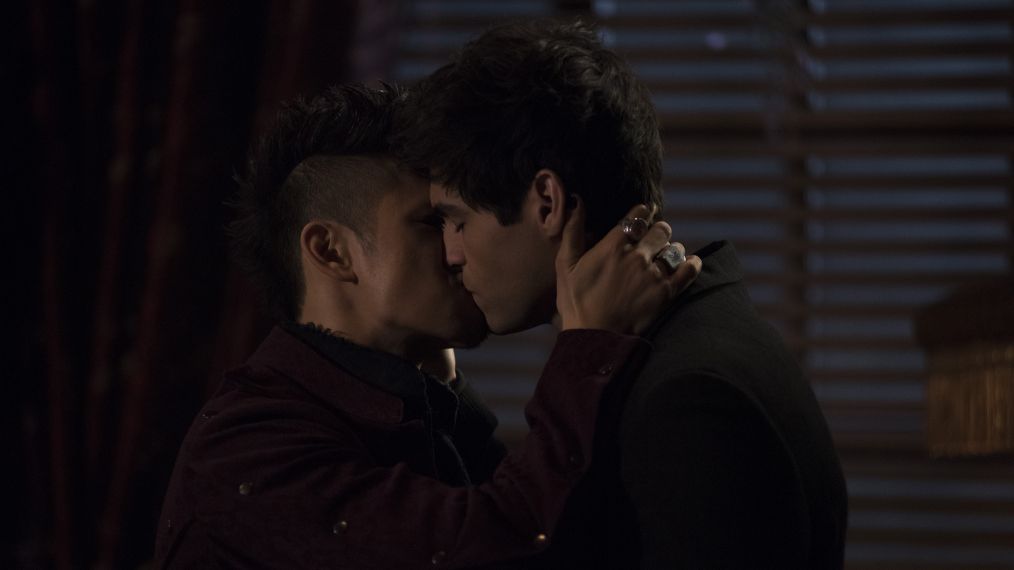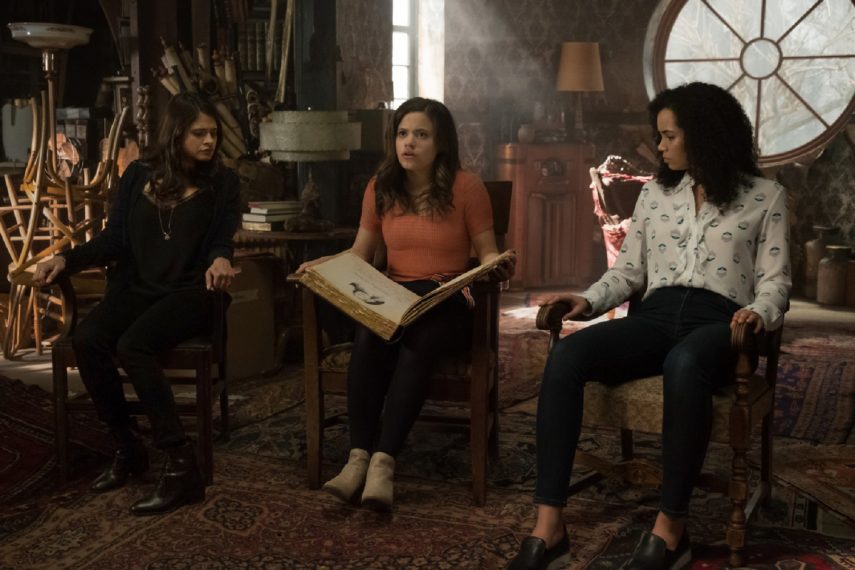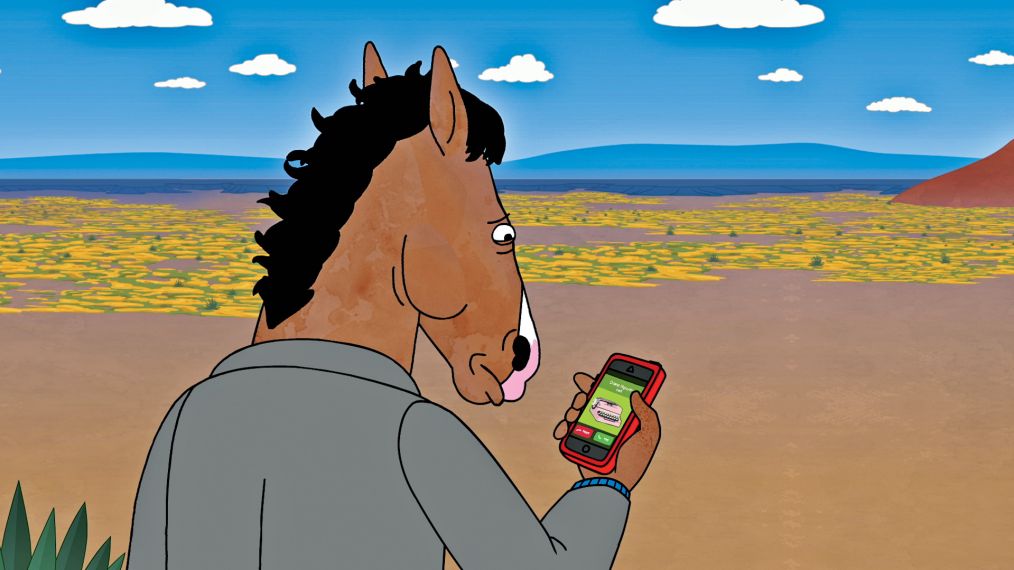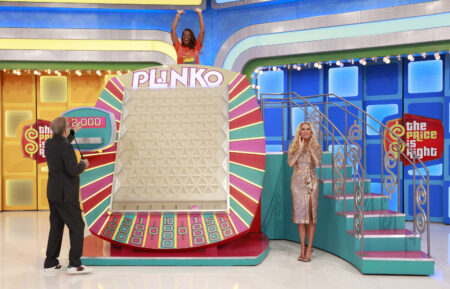9 Key Takeaways From GLAAD’s Report on LGBTQ Representation on TV

We’re GLAAD — ahem, glad — to report TV is getting more inclusive. GLAAD has released the 2018-2019 edition of its annual “Where We Are on TV” report, and once again, the organization had a lot of good news to share about the quantity and the quality of LGBTQ representation on TV.
“What happens on our television screens is now more important than ever before,” GLAAD President & CEO Sarah Kate Ellis says in her introduction to the report. “Indeed, sharing our stories and exploring the rich lives and identities of characters previously kept off screens remains critical to accelerating acceptance for LGBTQ people.”
Keep reading for nine of this year’s most important findings, many of which will make you awfully proud to be a TV buff!
The percentage of LGBTQ regular characters on broadcast primetime TV hit a new record
GLAAD took stock of the 857 regular characters expected to appear on broadcast primetime programming this season and found that 75 characters — or 8.8 percent — were identified as lesbian, gay, bisexual, transgender, and/or queer. That’s the highest percentage GLAAD has found in the 14 years it has done this tally.
2018 has also marked two other giant leaps for mankind
The organization also celebrated two other achievements: FX’s Pose features the largest number of transgender series regular characters on any American TV show ever, and The CW’s Supergirl is introducing television’s first trans superhero: Nia Nal, played by Nicole Maines. Additionally, after Instinct made history last year with broadcast TV’s first openly gay lead in a drama, The Red Line and Charmed are following suit this year.

Melonie Diaz as Mel Vera, Sarah Jeffery as Maggie Vera and Madeleine Mantock as Macy Vaughn on Charmed (Katie Yu/The CW)
LGBTQ representation has reached gender parity this year
49.6 percent of the LGBTQ regular and recurring characters on primetime TV are men this year, and 49.6 percent are women. By contrast, 55 percent were men and 44 were women last year. And on streaming TV, LGBTQ women actually outnumber men this year — 55 percent to 43 percent.
The LGBTQ characters of color on broadcast outnumber the white ones
The organization reports that racial diversity of LGBTQ characters is “significantly” up across broadcast, cable; and streaming this year — and on broadcast, LGBTQ characters of color outnumber white LGBTQ characters for the first time. Additionally, NBC leads the five broadcast TV networks in racial and ethnic diversity across all its characters.
The “B” and “T” of LGBTQ are getting more of the spotlight
There’s been an impressive increase in both transgender and bisexual+ characters, and the number of bi+ men has increased for the first time in three years.
Asexual characters are still scarce
There’s been no increase in “ace” characters since last year’s report — the only two GLAAD found on both years are Raphael Santiago on Freeform’s Shadowhunters and Todd Chavez on Netflix’s BoJack Horseman. There are no asexual characters on broadcast TV.

BoJack Horseman (Netflix)
The CW, FX, and Netflix reign supreme
The CW boasts the highest percentage of LGBTQ series regular characters on broadcast, FX takes the lead on cable, and Netflix leads the pack on streaming.
Other demographic groups remain underrepresented on broadcast TV
GLAAD didn’t publish data on only LGBTQ characters. The researchers also found, for instance, that primetime broadcast characters with a disability increased slightly to 2.1 percent this year, though that percentage is still well below the percentage of Americans living with a disability: 12.6 percent, according to Pew Research Center. Meanwhile, GLAAD found 43 percent of the regular characters on broadcast primetime TV are women, even though women make up an estimated 51 percent of the U.S. population.
GLAAD is issuing a 10% challenge
“GLAAD is calling on the industry to make sure that within the next two years, 10 percent of series regular characters on primetime scripted broadcast series are LGBTQ,” Ellis writes in the report. “This is an important next step towards ensuring that our entertainment reflects the world in which it is created.”










